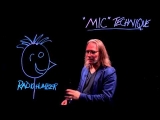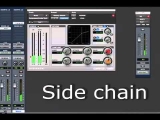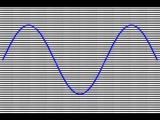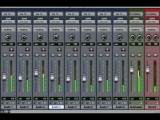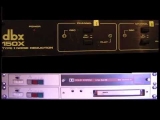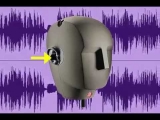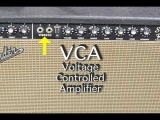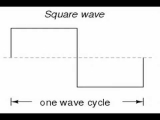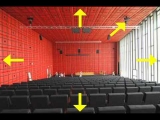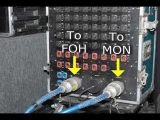EQ
EQ
The term EQ is short for “equalization”. Essentially it’s a tone or frequency-adjusting processor that can help make an audio signal sound more similar or “equal” to example of a typical “first order” filter would be a shelving equalizer. This type of filter is similar to a simple tone control. The boost or cut starts at a particular frequency known as the “corner” frequency” and then remains at that order filters are the peaking-type equalizers that have a resonance or “Q” control. This resonance control determines how broad or narrow the peak parametric equalizer is a single or series of second order filters, where the user can control the amount of cut or boost, the center frequency, and the resonance or equalizers are a series second order filters, with typically three sliders for each octave. They have fixed center frequencies and fixed Q settings. The user can move the sliders up or down to graphically map out the frequency response.
